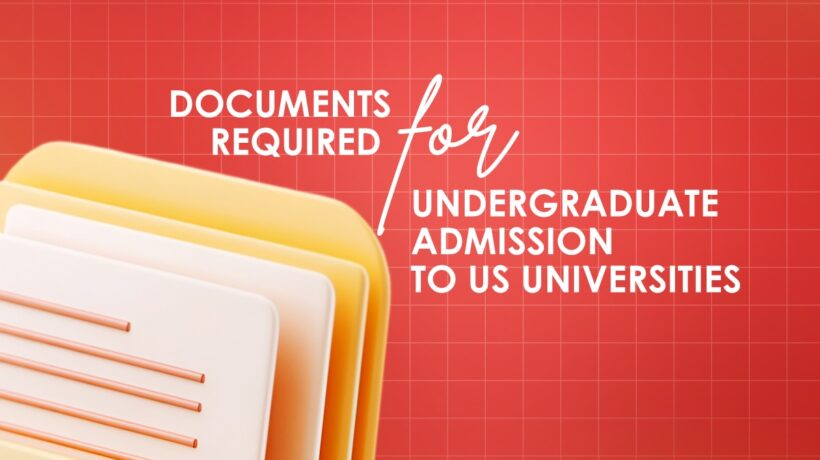Embarking on your journey to study in the United States begins long before you set foot on campus—it starts with a stack of essential documents that will open doors to lectures, labs, and lifelong memories. Gathering these materials well in advance ensures a smooth application process and lets you focus on what really matters: crafting a compelling story of your academic and personal achievements.
Passport and Identification
Your passport is the cornerstone of your international adventure. Make sure it is valid for at least six months beyond your intended date of entry. Scan clear, color images of the photo page and any relevant visa stamps, as many universities require digital uploads alongside your application.
Resume/Curriculum Vitae (CV)
A concise, one- or two-page CV highlights your academic milestones, extracurricular leadership roles, volunteer work, and any honors or awards. Tailor it to emphasize experiences that showcase your initiative, teamwork, and passion for your chosen field of study.
Academic Records: Marksheets, Completion Certificates, High School Diploma
You will need official transcripts (“marksheets”) from each year of high school, plus any completion or proficiency certificates. If your school issues grades in a local language, provide certified English translations. Finally, submit proof of graduation—your high school diploma or equivalent—to confirm you have met entry requirements.
Letters of Recommendation (LOR)
Most US universities ask for two to three LORs from teachers, counselors, or mentors who can vouch for your academic ability, character, and work ethic. Choose recommenders who know you well, provide them with your CV and achievements list, and politely remind them of deadlines at least a month in advance.
Entrance Exam Scorecards: SAT/ACT
Standardized tests like the SAT or ACT are required by many universities to assess your readiness for undergraduate studies. Send official score reports directly from the testing agency to each institution, and double-check that scores arrive before application deadlines.
English Language Proficiency Test Scores
If English is not your first language, you’ll need TOEFL or IELTS scores to demonstrate proficiency. Aim for a minimum score at or above each university’s stated requirement, and upload the official test report or arrange electronic delivery to ensure receipt.
Statement of Purpose (SOP)
Your SOP is your chance to tell admissions officers why you belong on their campus. Explain your academic interests, career goals, and what motivates you. Keep it personal and specific: reference particular programs, faculty, or research opportunities that align with your aspirations.
Personal Essays
In addition to the SOP, many schools require one or more short essays—often on prompts like “Describe a challenge you’ve overcome” or “Explain a time you demonstrated leadership.” Write authentically, proofread carefully, and adhere strictly to word-count limits.
Work Experience Letters and Extracurricular Certificates
If you have internships, part-time jobs, or significant volunteer roles, include letters on official letterhead confirming your position, responsibilities, and dates. Certificates from competitions, workshops, or community initiatives further illustrate your well-rounded profile.
Application Confirmation Copy and Proof of Funds
After submitting your application, save the confirmation page or email as proof of submission. For visa purposes, you’ll also need bank statements or sponsorship letters showing sufficient funds to cover tuition and living expenses. Most consulates require at least one year’s worth of tuition plus living costs.
Compiling these documents in a clear, organized folder—both physical and digital—will set you apart as a prepared, proactive applicant. Start early, track deadlines, and verify every item against each university’s requirements. With your paperwork in perfect order, you’ll be well on your way to turning the dream of an American undergraduate education into reality. Good luck!





